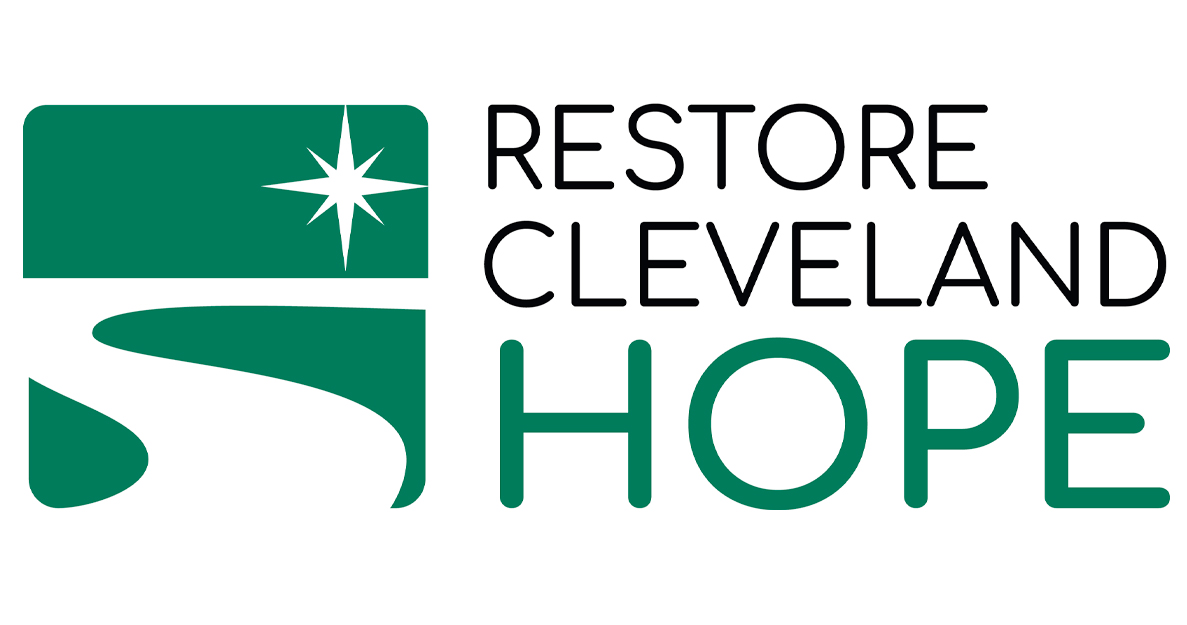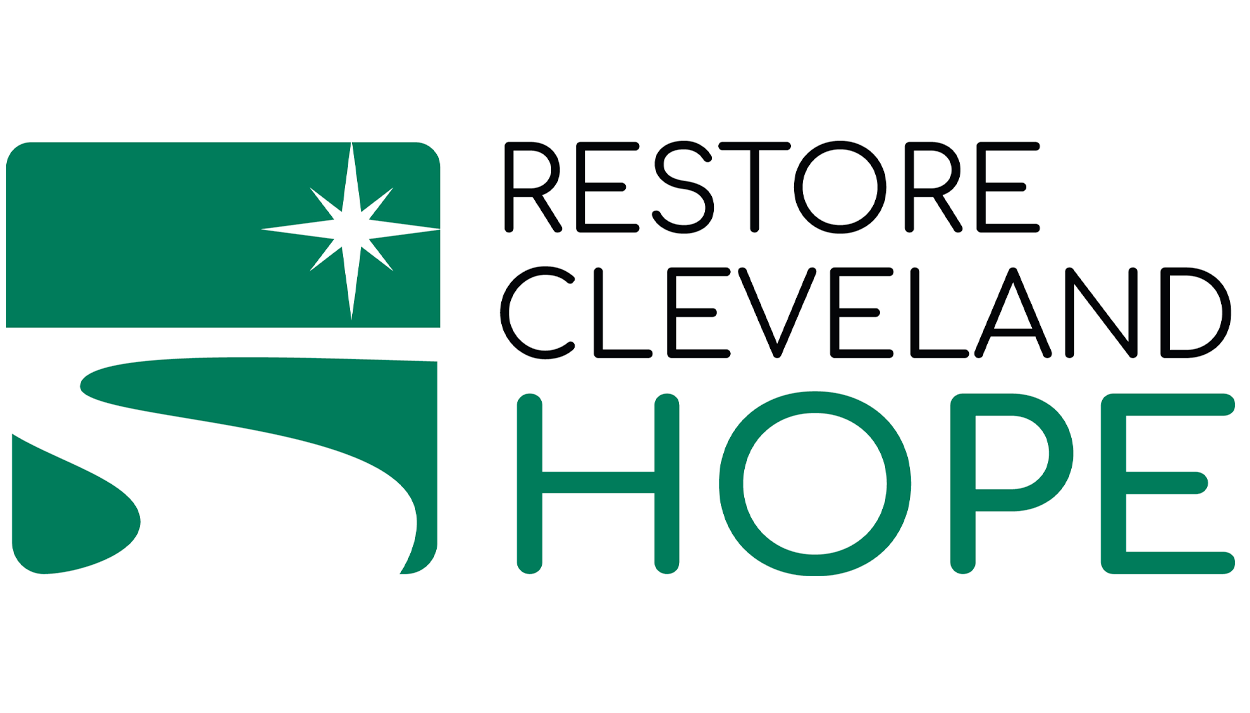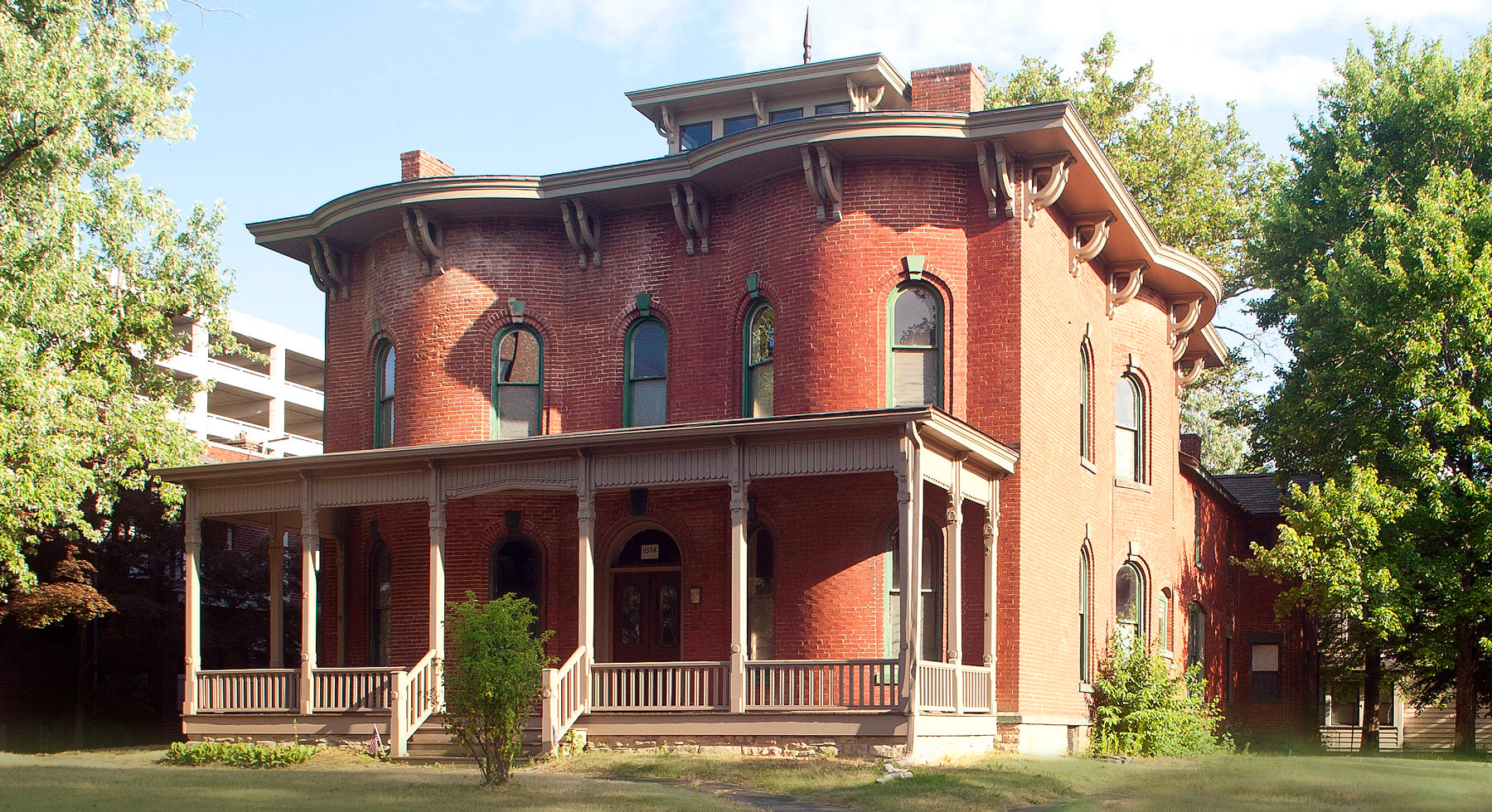About the Cozad-Bates House
Restore Cleveland Hope: Finding Our History Through the UGRR
For many formerly enslaved individuals who escaped to freedom, Cleveland symbolized hope—a gateway to a better life across Lake Erie in Canada.
In 1793, Upper Canada (now Ontario) abolished slavery. At that time, Cleveland, including the area now known as University Circle, was a dense forest. Fifty-five years later, Cleveland hosted the first National Convention of Black Freemen. So, how did this forested area become a hub of abolitionist activity? This is a question Wrean Fiebig, a researcher and board member of Restore Cleveland Hope (RCH), aims to answer.
Founded in 2003 by Joan Southgate, Ginger Mook, Nishani Frazier, Binnie Eiger, Binne’ Douglas, Nicki Gudbranson, and Fran Stewart, Restore Cleveland Hope’s mission is to celebrate Cleveland’s historic anti-slavery past. They plan to achieve this by establishing and operating an Underground Railroad Interpretive Center in the historic Cozad-Bates House, the only surviving pre-Civil War building in University Circle.
Fiebig spent three summers researching East Cleveland Township (now University Circle and extending to Euclid Ave.) and its abolitionist roots for RCH’s programming. Her research focuses on the Cozad Family, largely unrecognized founders of University Circle.
Wrean and her student researchers examined handwritten letters, manuscripts, pamphlets, books, and church records to uncover the truth about abolitionist activities in East Cleveland Township. Fiebig notes the Western Reserve had many anti-slavery activists who broke the law to help enslaved people reach freedom. While holding abolitionist views was legal, aiding escapees was not.
The Cozad family, who built the house in 1853, were connected to anti-slavery supporters, including their neighbors, the Ford family. The property’s secluded edge made it ideal for hiding and transporting runaways to John Brown, a wealthy Black abolitionist and Underground Railroad stationmaster.
Researchers are still seeking proof that the Cozad-Bates house was used for the Underground Railroad, but the Cozad family’s involvement is documented. Samuel Cozad Jr. and his sons helped escapees at their farms along Euclid Avenue before the house was built.
Samuel Cozad Jr., a man of strong faith, helped found First Presbyterian Church of East Cleveland (now New Life Cathedral) in 1807. He and his wife Jane died in the early 1820s and are buried in the churchyard. Less than two decades later, the church was deeply involved in the national slavery debate.
The Presbyterian Church in the United States was divided over slavery. Liberal revivalists supported immediate abolition, while conservative Calvinists, many of whom owned slaves, opposed it. This division led to the 1837 ‘old-school-new-school controversy.’
This debate also affected First Presbyterian Church of East Cleveland, where some members left due to the church’s failure to break ties with the national body. The Doan and Ford families, founding members of a new church in 1843, were strong abolitionists. They eventually formed the Independent Presbyterian Church of East Cleveland, later Euclid Avenue Congregational Church.
Despite many records, little is known about the Cozads’ daily lives. Fiebig suggests this secrecy was due to the illegal nature of their activities, especially after the Fugitive Slave Act of 1850. Their discretion likely saved lives and allowed them to operate Underground Railroad stations covertly.
The Cozads played a key role in Cleveland’s abolitionist movement. Fiebig reminds us that systemic racism still exists, and Cleveland and Northeastern Ohio are no exceptions. Restore Cleveland Hope at The Underground Railroad Interpretive Center in the restored Cozad-Bates house aims to explore this history and address its ongoing effects.
By Ajah Hales


